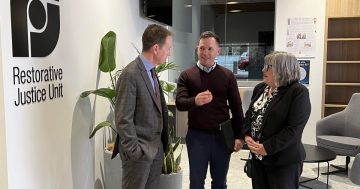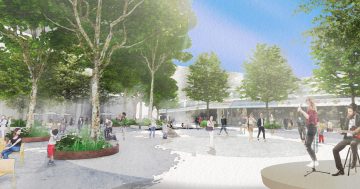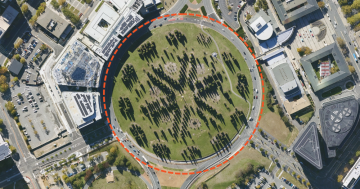
Many Canberrans are not aware that Canberra is part of a movement of cities across the globe who believe that many of the challenges that cities face can be better managed through the use of restorative practices and approaches. This is an approach that encourages community members to work together to resolve the harm caused by disputes and conflicts, and in the process create a more harmonious, safe and cohesive city.
In early 2016 the ACT Legislative Assembly committed to becoming a restorative city. In making this commitment, our parliamentary representatives recognised the work that had already been done to date and identified areas where restorative processes could assist in dealing with difficult social and community issues. As part of this, they committed to exploring what work needs to be done to be declared a restorative city.
A year on, it is useful to reflect on where we have progressed in meeting this aspiration.
The ACT was not starting from scratch and already there are good restorative initiatives. A highlight is in the justice area, which has been using restorative practices since 2005 to bring victims and offenders together to get better resolutions than can often be achieved through traditional legal approaches. This is an area where work has continued and evidence mounts that this is a successful way for offenders of crimes to understand and take responsibility for the harms caused by their crimes as well as them engaging in meaningful activity to pay back the community. Schools is another area where there is now many examples of restorative practices being used to resolve disputes and conflicts. Many ACT schools are now routinely using strategies such as circle time and restorative conferences to respond to the issues that often arise between students and school communities.
While good work is happening, there is still much more we could be doing. We can learn from the experiences of other jurisdictions across Australia who have developed restorative programs to reduce elder abuse, improve the experience for survivors of domestic and family abuse and improved outcomes for children and young people engaged in the out-of-home system. These are all areas where the ACT could benefit from more restorative approaches.
My first real exposure to restorative approaches occurred last year while I was working with the Conflict Resolution Service to assist them in identifying ways that they could contribute to assisting the aspiration of Canberra becoming a restorative city. Engaging in this work, I was surprised that I had not heard more about an approach that can make a real difference in making Canberra a safer and more harmonious city and there was not more work happening to support community groups who could make a real contribution to this work.
I think this is a great initiative and we could be doing much more to work towards becoming a restorative city. I would like to see more work to build the community’s understanding of the potential of restorative approaches to make our city an even greater place to live. I would like to see restorative approaches being embedded in all areas of the community rather than limiting their introduction to a small number of government services.
What do you think are the opportunities that this initiative brings to improving our city?





















